Paleontology, the study of ancient life through fossils, faces a curious paradox: despite Earth’s 4.5 billion-year history teeming with life for much of that time, the fossil record remains surprisingly incomplete. This scientific mystery, often called “the missing fossils problem,” has puzzled researchers since Darwin’s era and continues to challenge our understanding of evolutionary history. Some gaps exist logically—soft-bodied organisms rarely fossilize well—but others prove more perplexing, with entire evolutionary transitions seemingly absent from the record. These missing links have sparked everything from scientific debates to pseudoscientific claims, making the pursuit of these absent fossils one of paleontology’s most fascinating detective stories. This article explores how scientists investigate these gaps, what they’ve discovered, and what remains hidden in the shadows of prehistory.
The Fossil Record: An Incomplete Archive

The fossil record, despite its tremendous value to science, represents only a tiny fraction of all life that has ever existed on Earth. Paleontologists estimate that less than one percent of all species that ever lived have been preserved as fossils, with even fewer discovered and studied. This incompleteness stems from the exceptional nature of fossilization itself—a process requiring specific conditions where remains must be quickly buried in sediment, protected from scavengers and decay, and subjected to mineral replacement or impression formation. Environments conducive to preservation, like lakebeds, river deltas, and certain marine settings, disproportionately represent the fossil record, while vast ecosystems like mountain ranges and tropical forests rarely contribute. Additionally, geological processes like plate tectonics, erosion, and metamorphism have destroyed countless potential fossils over time. This inherent bias creates what scientists call “preservation windows”—specific times and places where fossilization was more likely, leaving vast shadows across evolutionary history.
Darwin’s Dilemma: Evolution’s Missing Evidence

Charles Darwin himself recognized one of the most significant challenges to his evolutionary theory—the apparent absence of transitional fossils showing the gradual development of new species. In “The Origin of Species,” he specifically acknowledged this problem, writing that the geological record was “a history of the world imperfectly kept.” Darwin’s critics seized upon these gaps, arguing that the absence of intermediate forms contradicted his gradualist view of natural selection. The most famous gap that troubled Darwin involved the sudden appearance of complex animal forms in what was then called the Cambrian explosion, with seemingly few precursors in earlier strata. Darwin suggested these gaps resulted from the “extreme imperfection” of the fossil record rather than flaws in his theory. This prediction proved remarkably prescient—in the 160+ years since Darwin published his work, paleontologists have discovered numerous transitional fossils, including feathered dinosaurs, walking whales, and fish with limb-like fins, vindicating many of his ideas while highlighting how much remained undiscovered in his time.
Taphonomy: The Science of Fossil Preservation

To understand why some fossils go missing, scientists developed taphonomy—the study of what happens to organisms after death and during fossilization. This specialized field examines the complex journey from living creature to discovered fossil, identifying numerous “filters” that determine preservation potential. Physical factors like scavenging, bacterial decomposition, weathering, and water transport can quickly destroy potential fossils before burial. Chemical processes, including dissolution in acidic environments and oxidation, further reduce preservation chances. Taphonomists conduct experiments comparing how different tissues and organisms decompose under various conditions, explaining why hard structures like teeth, shells, and bones dominate the fossil record while soft tissues rarely survive. This research has revealed preservation biases against smaller organisms, terrestrial species, tropical environments, and mountain ecosystems. By understanding these biases, scientists can better interpret the fossil record’s gaps—distinguishing between genuine absences (where organisms never existed) and preservation failures (where they existed but left no trace)—a critical distinction when reconstructing evolutionary history.
The Lazarus Effect: When Missing Fossils Reappear
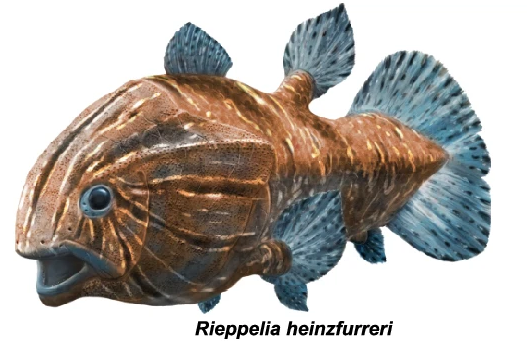
One of the most dramatic demonstrations of the fossil record’s incompleteness comes from the aptly named “Lazarus taxa”—species that disappear from the fossil record for millions of years, only to reappear in much younger rocks, proving they existed during the intervening gap. The coelacanth represents perhaps the most famous example—this lobe-finned fish was known only from fossils and thought extinct for 65 million years until fishermen caught a living specimen off South Africa in 1938. Paleontologists have documented hundreds of Lazarus taxa across the tree of life, from microscopic plankton to large vertebrates, with some disappearing from the fossil record for over 100 million years before “resurrection.” These gaps demonstrate how easily entire lineages can go undetected in the fossil record despite continuous existence. Similar phenomena include “Elvis taxa” (where unrelated species evolve similar appearances, creating false impressions of reappearance) and “ghost lineages” (where phylogenetic analysis proves certain organisms must have existed during periods when no fossils are found). These patterns remind scientists that absence of evidence isn’t evidence of absence when studying prehistoric life.
Lagerstätten: Windows into Lost Worlds
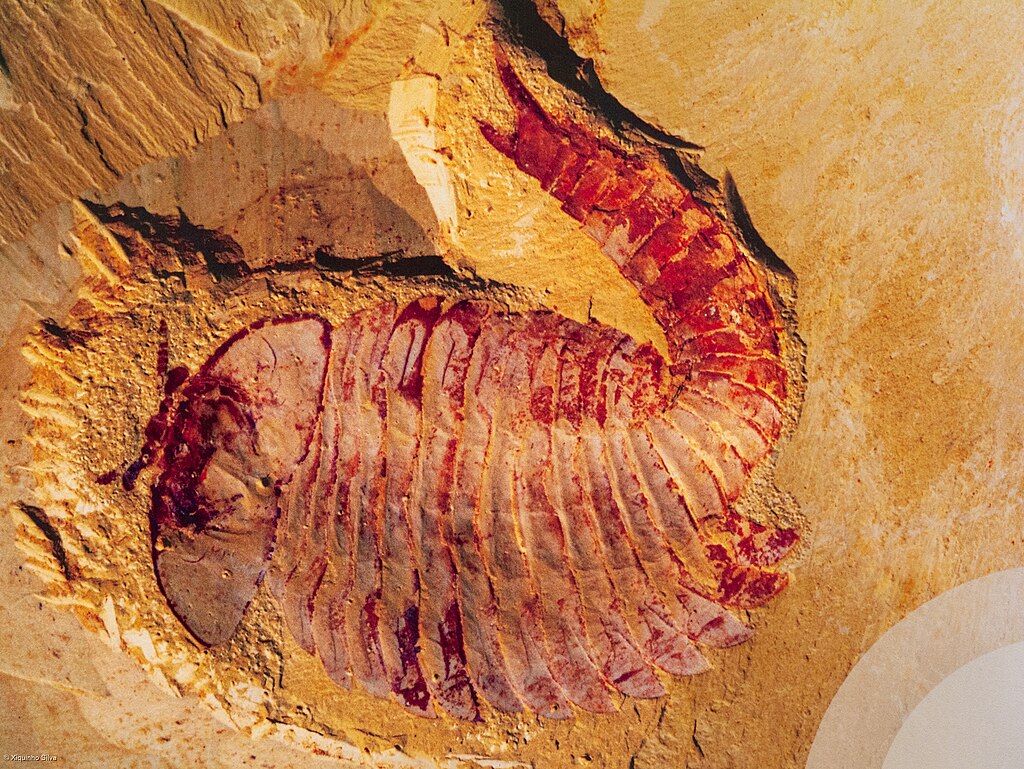
While the fossil record contains many gaps, certain extraordinary deposits called “lagerstätten” (from German meaning “storage places”) provide rare glimpses of nearly complete ancient ecosystems. These exceptional preservation sites capture not just hard parts but also soft tissues, complete organisms, and even traces of behavior—dramatically expanding knowledge of ancient life. The Burgess Shale in Canada revolutionized understanding of early animal evolution by preserving soft-bodied creatures from the Cambrian Period (about 508 million years ago), revealing bizarre animals like Hallucigenia and Opabinia that would have otherwise left no trace. Similarly, Germany’s Solnhofen Limestone preserved the earliest known bird, Archaeopteryx, complete with impressions of its feathers—crucial evidence linking birds to dinosaurs. Other famous lagerstätten include China’s Jehol Biota (featuring dinosaurs with visible feathers, skin, and stomach contents), the Green River Formation (preserving entire fish communities), and amber deposits that entomb insects with microscopic detail. Each lagerstätte offers a temporary solution to the missing fossils problem, revealing creatures and features that rarely fossilize and suggesting how much remains undiscovered between these rare preservation windows.
The Cambrian Explosion: A Case Study in Missing Precursors
未定種.jpg)
The apparent sudden appearance of complex animal life during the Cambrian Period (541-485 million years ago) represents one of paleontology’s most enduring mysteries and a classic example of the missing fossils problem. In rocks from this period, diverse arthropods, mollusks, echinoderms, and even early vertebrates seem to appear with limited evolutionary precursors—a pattern so striking that Darwin considered it a serious objection to his theory. Subsequent research has partially resolved this mystery through multiple approaches. Molecular clock studies suggest animal lineages diverged long before they appear as fossils, perhaps 100-200 million years earlier in the Precambrian. Precambrian rocks have yielded increasing evidence of earlier life, including the 575-million-year-old Ediacaran biota with its strange soft-bodied organisms, trace fossils showing animal movement, and microscopic embryos suggesting early animals. Scientists now recognize that the “explosion” was neither instantaneous (spanning 20-25 million years) nor as abrupt as once thought. The remaining gap may reflect both preservation issues (early animals being small and soft-bodied) and evolutionary factors (the development of hard parts triggered a genuine diversification). This evolving understanding demonstrates how scientific investigation gradually fills fossil record gaps while generating new questions.
Transitional Fossils: Filling the Evolutionary Gaps

The discovery of transitional fossils—organisms showing anatomical features intermediate between major groups—has progressively addressed one of the fossil record’s most significant perceived weaknesses. These evolutionary bridges document major transitions that transformed vertebrate evolution, with each discovery narrowing once-substantial gaps. The evolution of tetrapods (four-limbed vertebrates) from fish once represented a profound missing link until discoveries like Tiktaalik roseae from 375-million-year-old Canadian Arctic deposits revealed a creature with fish-like features but also weight-bearing shoulders, wrists, and finger-like bones. Similarly, the emergence of whales from land mammals seemed implausible until paleontologists uncovered a sequence of transitional forms, including Pakicetus (a wolf-sized walker with whale-like ear structures), Ambulocetus (the “walking whale” with functional legs and a tail for swimming), and Basilosaurus (fully aquatic but retaining vestigial hind limbs). Other spectacular transitional sequences include dinosaur-to-bird evolution, documented through numerous feathered dinosaurs from China, and synapsid reptiles gradually acquiring mammalian characteristics across millions of years. While gaps remain, the consistent discovery of transitional fossils has transformed these “missing links” from evidence against evolution into some of its most compelling support.
Molecular Paleontology: Reading the Genetic Fossil Record

When physical fossils go missing, scientists increasingly turn to the “genetic fossil record” preserved within living organisms’ DNA to reconstruct evolutionary history. This approach, called molecular paleontology or phylogenomics, compares genetic sequences across species to estimate when lineages diverged and what ancestors might have looked like. Unlike physical fossils, genetic material exists for virtually all living species, potentially illuminating evolutionary branches poorly represented by fossils. Molecular clock techniques, which measure genetic differences between species and calibrate them against known fossil dates, have provided timing estimates for evolutionary events where fossils are scarce or absent. For example, genetic evidence suggests that placental mammals began diversifying before the dinosaur extinction, despite limited supporting fossils from that period. Similarly, molecular data indicate birds diverged from dinosaur ancestors around 150 million years ago, consistent with the age of Archaeopteryx. Genetic analysis has even detected evidence of interbreeding between ancient humans and extinct hominin species like Neanderthals and Denisovans, revealing evolutionary complexities invisible in fossil morphology alone. As DNA sequencing advances, scientists have recovered genetic material from fossils up to 1.7 million years old, gradually extending molecular approaches deeper into prehistoric time.
Missing Human Ancestors: The Hominin Puzzle
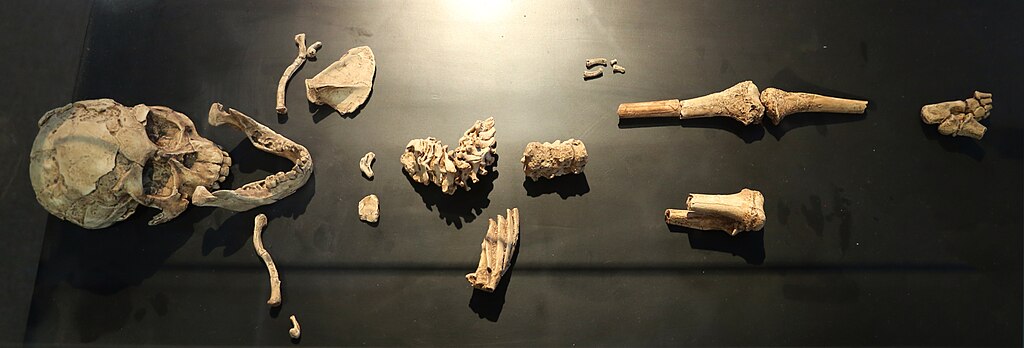
The search for human evolutionary origins exemplifies both the challenges of the missing fossils problem and paleontology’s progress in addressing it. When Darwin suggested humans evolved from ape-like ancestors, critics pointed to the complete absence of intermediate fossils—the infamous “missing link.” Since then, paleoanthropologists have discovered hundreds of fossil hominin specimens representing over twenty species, gradually filling gaps in human ancestry. Sahelanthropus tchadensis (7 million years old) and Orrorin tugenensis (6 million years old) represent some of the earliest potential hominins following the human-chimpanzee split. Australopithecines like Lucy (Australopithecus afarensis) document the early evolution of bipedalism between 4-2 million years ago. Multiple Homo species show increasing brain size and technological capacity, with several species coexisting at various times. However, significant gaps persist—the origin of the genus Homo remains cloudy, and many species are represented by frustratingly fragmentary remains. Discoveries like Homo naledi (with its unusual combination of primitive and advanced features) and Denisovans (identified primarily from DNA rather than physical fossils) demonstrate how much remains to be found. Each new discovery tends to complicate rather than simplify the human family tree, suggesting our evolutionary history contained many branches, dead ends, and interconnections rather than a simple linear progression.
The Hunt for Missing Fossils: Modern Techniques
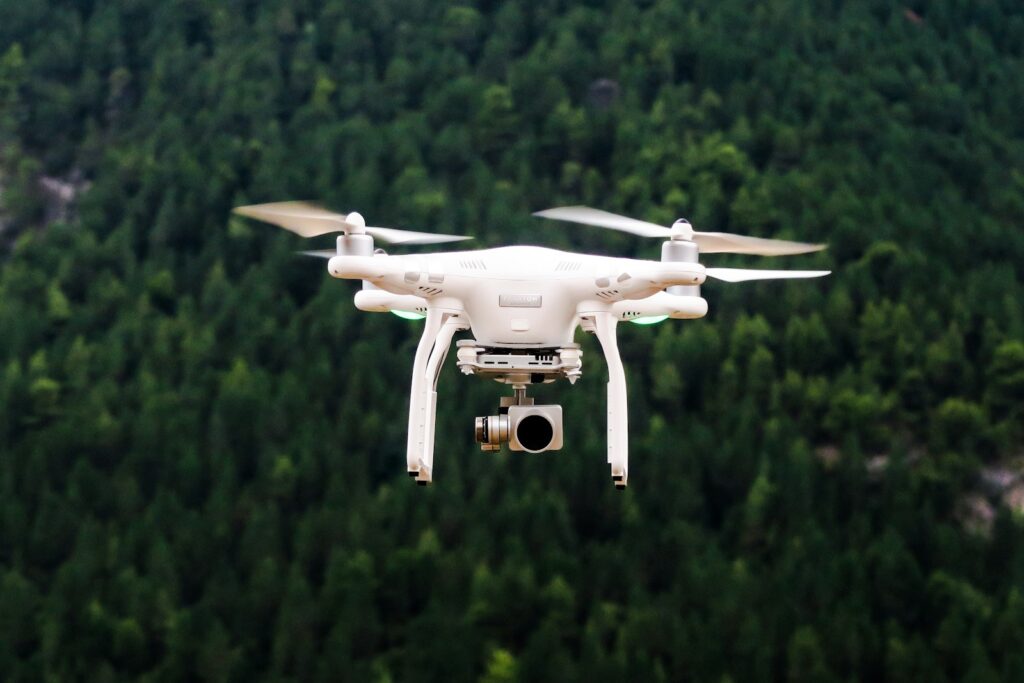
Contemporary paleontologists employ sophisticated techniques to track down missing fossils and maximize information from existing specimens. Geographic information systems (GIS) analyze geological, topographical, and environmental factors to identify promising fossil-bearing locations with characteristics similar to productive sites. Remote sensing technologies, including satellite imagery, LIDAR, and drone surveys, help scientists spot exposed fossil beds and geological formations across vast or inaccessible territories. Advanced imaging techniques have revolutionized fossil analysis without destructive sampling—CT scanning reveals internal structures of fossils still embedded in rock, synchrotron imaging detects chemical signatures of soft tissues, and digital photogrammetry creates detailed 3D models from multiple photographs. Paleontologists increasingly employ citizen science initiatives, like the FossilFinder project where volunteers scan satellite images for fossil sites, or public programs that have led to significant discoveries by amateur collectors. Targeting “Goldilocks” ecosystems—environments known to combine high biodiversity with good preservation potential—has helped researchers find transitional fossils in previously overlooked locations. These approaches demonstrably work: the past thirty years have yielded more significant fossil discoveries than the previous century, gradually shrinking the gaps in life’s evolutionary story.
Ghost Lineages: The Fossils We Know Should Exist
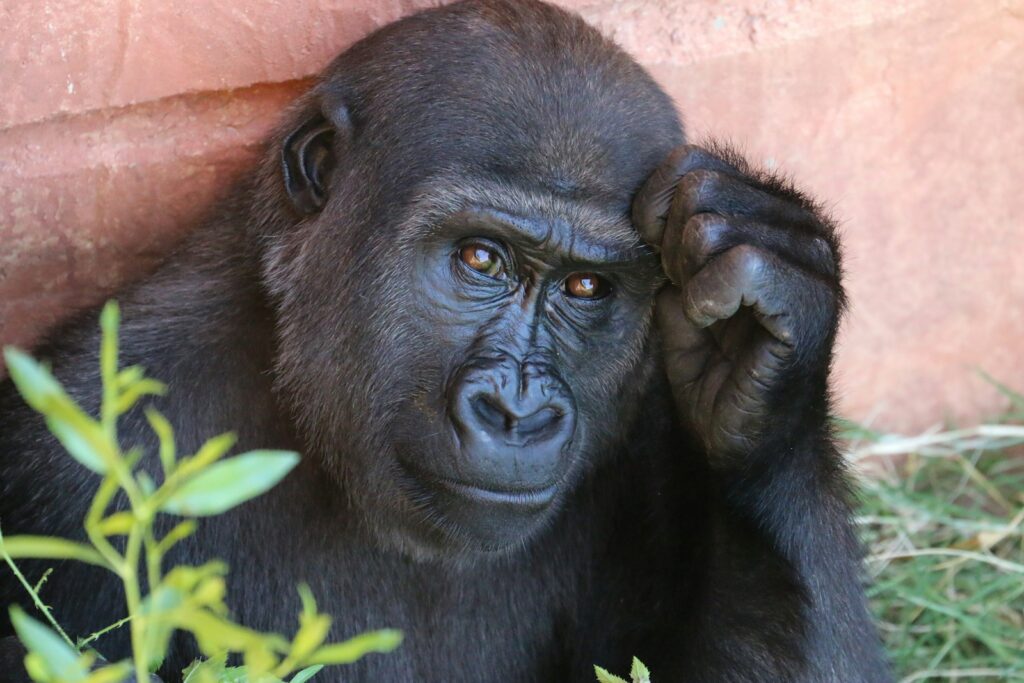
Evolutionary scientists often find themselves in the peculiar position of being certain particular organisms must have existed despite having no direct fossil evidence of them. These hypothetical missing branches on the tree of life, known as “ghost lineages,” are inferred through phylogenetic analysis—when two related groups appear in the fossil record, their common ancestor logically must have existed earlier, even if no fossils of it have been found. The time between the inferred origin and the earliest fossil evidence creates a ghost lineage, sometimes spanning tens of millions of years. For example, if primates and rodents are sister groups that diverged 80 million years ago, but the earliest primate fossils date to only 55 million years ago, a 25-million-year ghost lineage exists where primates must have lived but left no fossil traces. Paleontologists have identified hundreds of significant ghost lineages across life’s history, with some of the longest occurring among soft-bodied organisms, deep-sea creatures, and rainforest species—environments where fossilization rarely occurs. Ghost lineages remind scientists that the fossil record systematically underrepresents evolutionary history, particularly for lineages with small populations, limited geographic ranges, or characteristics unfavorable to preservation. Each ghost lineage essentially represents a prediction of fossils waiting to be discovered.
When Fossils Will Never Be Found
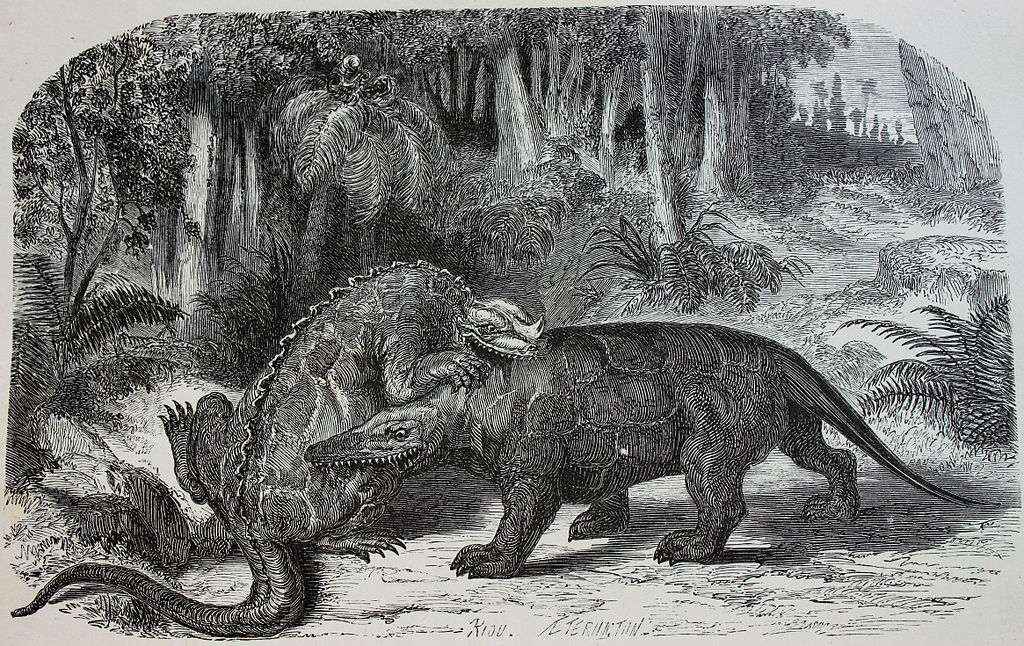
Despite advancing technology and searching techniques, scientists recognize that certain organisms and evolutionary transitions may never be documented through fossils due to fundamental preservation limitations. Soft-bodied organisms inhabiting environments hostile to fossilization—like acidic bogs, tropical rainforests, or mountain regions—leave virtually no fossil traces regardless of their ecological importance or evolutionary significance. The earliest stages of major evolutionary transitions often involve small populations undergoing rapid change, statistically reducing their fossil potential to near zero. Many evolutionary innovations involve soft tissues—like the development of mammalian placentas, bird air sac systems, or early nervous system organizations—that rarely preserve even under exceptional circumstances. Single-celled and microscopic organisms, despite comprising most of life’s history and biomass, have a highly incomplete fossil record due to their size and delicate structure. Even for well-fossilized groups, the fossil record captures only brief snapshots separated by enormous gaps—equivalent to reconstructing a novel from a handful of random pages. Scientists estimate that for some evolutionary lineages, as little as 0.1% of species may be preserved as identifiable fossils. These inherent limitations mean certain questions about life’s history may never be fully answered through direct fossil evidence alone, requiring integration with molecular, developmental, and comparative anatomy approaches.
Beyond the Gaps: What Missing Fossils Teach Us
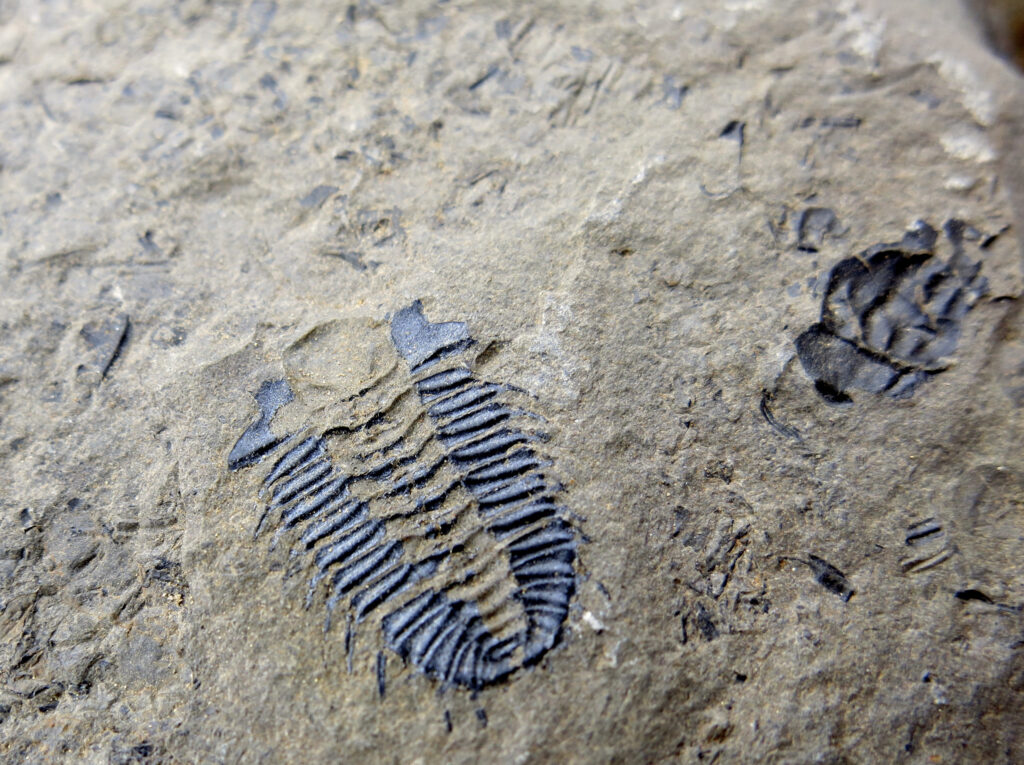
The persistent challenge of missing fossils has ultimately strengthened rather than weakened scientific understanding by forcing researchers to develop multiple, complementary approaches to studying evolution. The limitations of the fossil record have pushed scientists to create sophisticated statistical methods that account for preservation biases when analyzing extinction patterns, diversity trends, and evolutionary rates. Missing fossils have inspired comparative studies of living organisms, revealing how embryological development, vestigial structures, and anatomical patterns provide evidence of evolutionary history independent of the fossil record. The problem has driven technological innovation, from advanced imaging techniques to ancient DNA analysis, expanding what information can be extracted from limited fossil material. Perhaps most importantly, the gaps in the fossil record have taught valuable epistemological lessons about scientific inference—how to draw robust conclusions despite incomplete data, how to distinguish between absence of evidence and evidence of absence, and how to continually refine hypotheses as new discoveries emerge. Rather than undermining evolutionary theory, the missing fossils problem has generated multiple lines of evidence that converge on consistent evolutionary patterns, creating a scientific understanding far more robust than would have emerged from fossil evidence alone.



